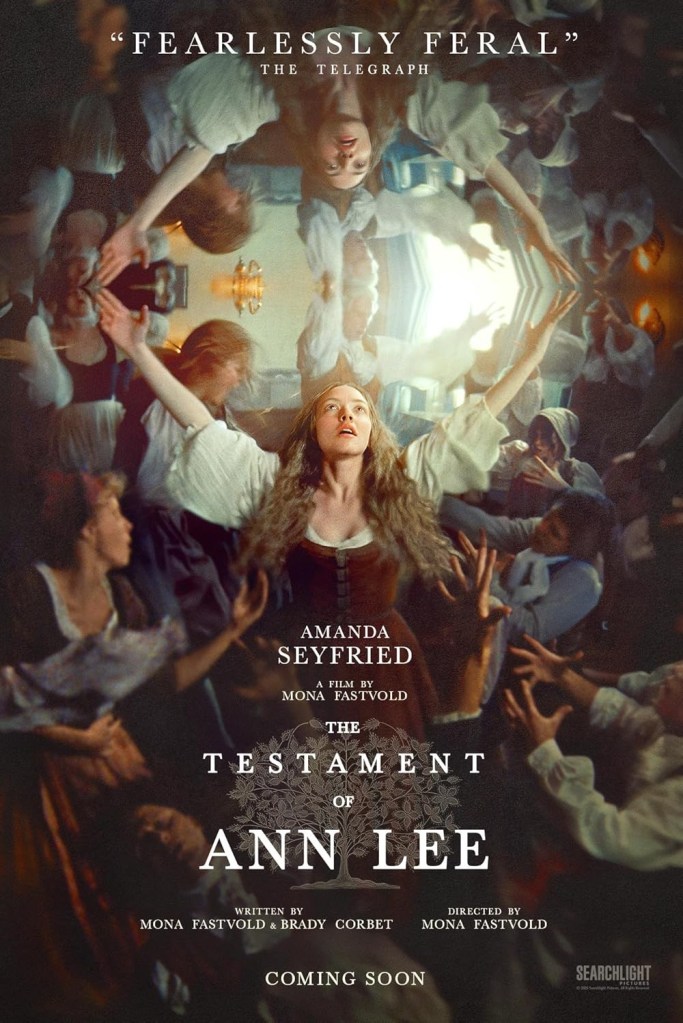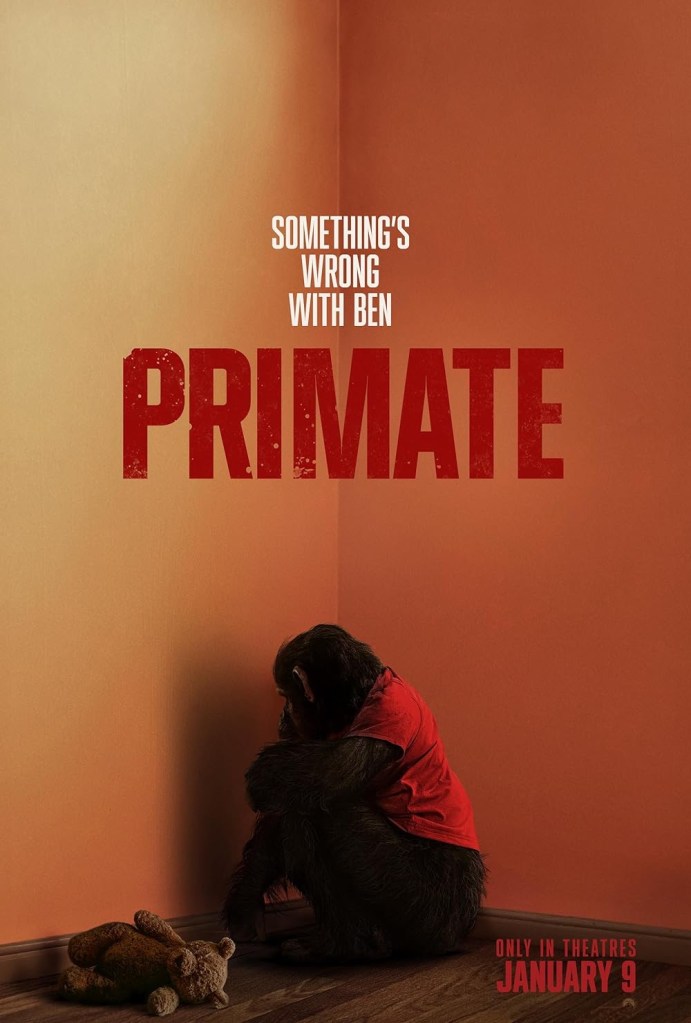
This is a sequel that starts out promising. It has a premise that makes sense because of how science plays into the effects after the fact. Greenland 2: Migration had me filled with curiosity. After seeing the first film in a COVID-pandemic setting, I feltlike we’ve come a long way since the events of the first film. The factors related to resources are part of the setting where life after tragedy has a new norm. That new norm gets interruptedand when that happens the writing shifts and the momentum loses its value.
With the first film going into a zone of extinction, the family has found means of survival. The Garrity family is still on the trail to find a new beginning. John Garrity (Gerard Butler), Allison Garrity (Morena Baccarin), and their son Nathan Garrity (Roman Griffith Davis) have lived in bunker settings. Much has been shifting due to tectonic plate disasters and needs tostabilize as uncertainty ebbs and flows. Scientific issues continue to evolve in Greenland 2: Migration. However, when the world rumbles again, it’s time for running to different grids to start again. The Garrity family goes to places in Europe such as London and France. In both places, they find themselves below ground dealing with mixed politics due to the world going through many changes in its dismissive process.
Greenland 2: Migration began by following all the right steps for a successful sequel, including new beginnings in new places and life after the many events from the first film. There werealso details of steps to take to move forward with various situations. However, when the suspense kicked in, it felt like it was rushing to be a Roland Emmerich blockbuster. I say this because of how it went from theories and faith to families trying to cross different mountains with ladders and fighting global warming. The components which would have made the story more invigorating were thrown out the window instantly. That is why my faith in Greenland 2: Migration subsided.
When the family faces hurdles in different countries with new disasters, it is the same type of danger repeatedly, i.e., a different border patrol with a form of death penalty awaiting. The apocalypse approach was rapid in this sequel. However, with Butler as the lead, the suspense fueled successfully connects tothe franchise the most. While he is the one who takes risks into his own hands, the fight for survival and family does not get lost in Greenland 2: Migration. There is just a lack in the structure in a sequel which could have made it more enduring. There were still frequent, intense scenes, including lots of different storms coming from the skies. Unfortunately, the importance of the discussions was gone almost right away.
Greenland 2: Migration is a steady sequel. It’s not brilliant butkeeps some glimmer of hope with storyline that’s mostly intact. It just did not do a adequate job jumping to its main points of action. I expected more backstory from the first film to play into this sequel. Two out of four stars.


